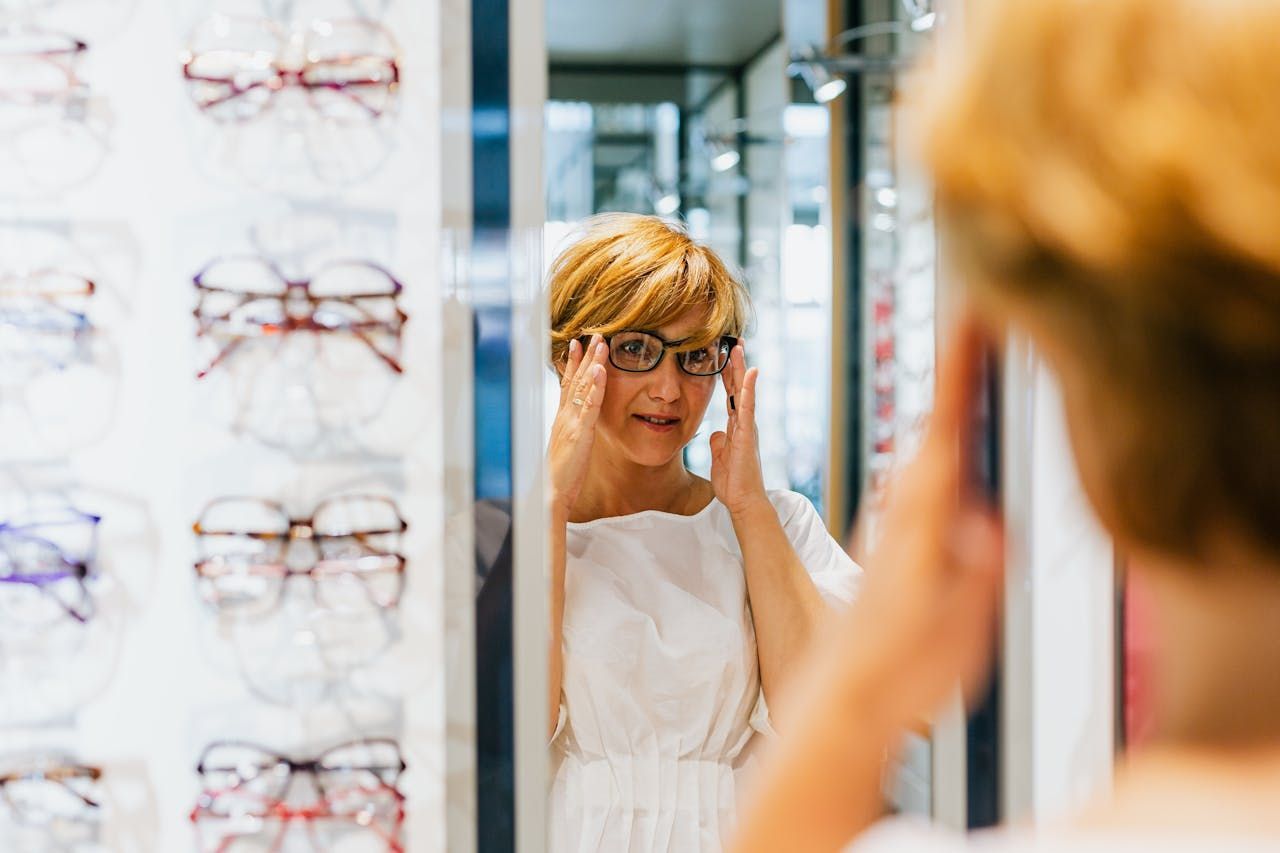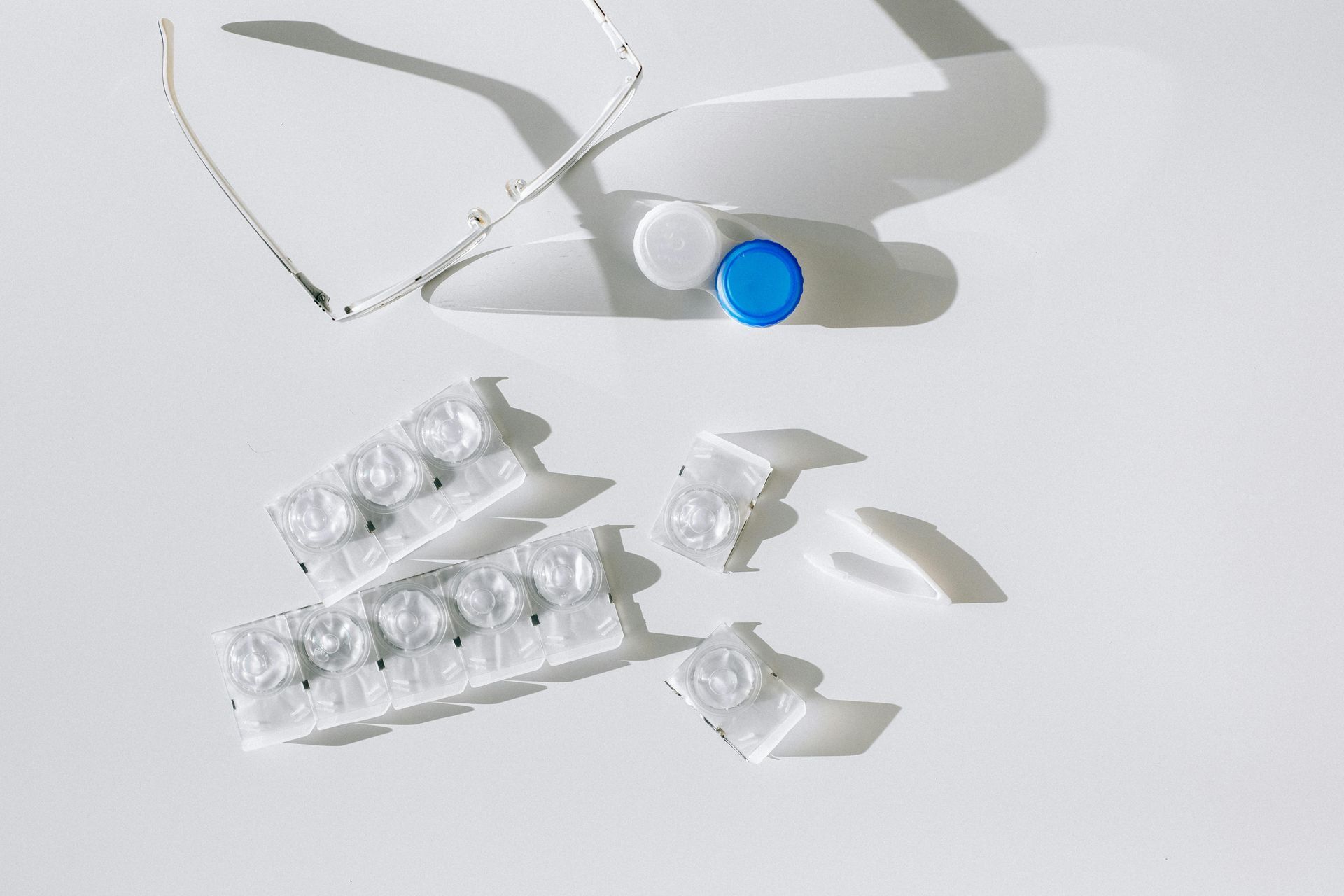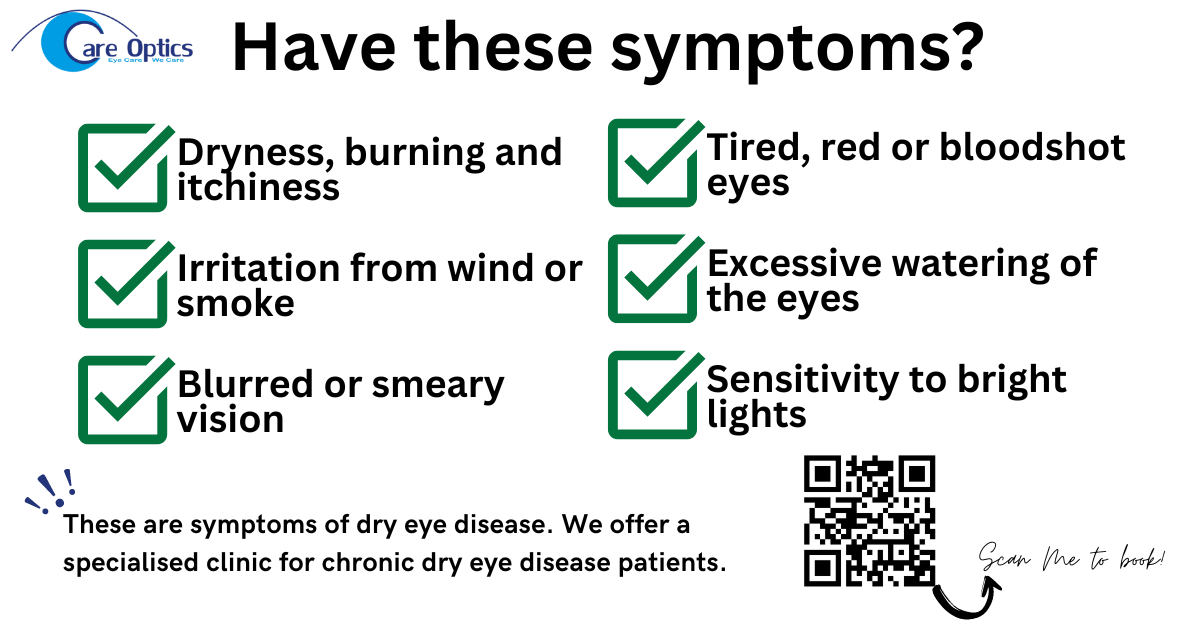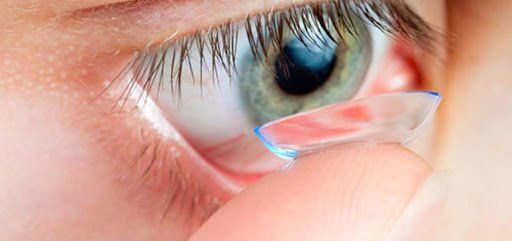Don't Swerve a Sight Test
- By Monica Coelho
- •
- 10 Jan, 2023
- •
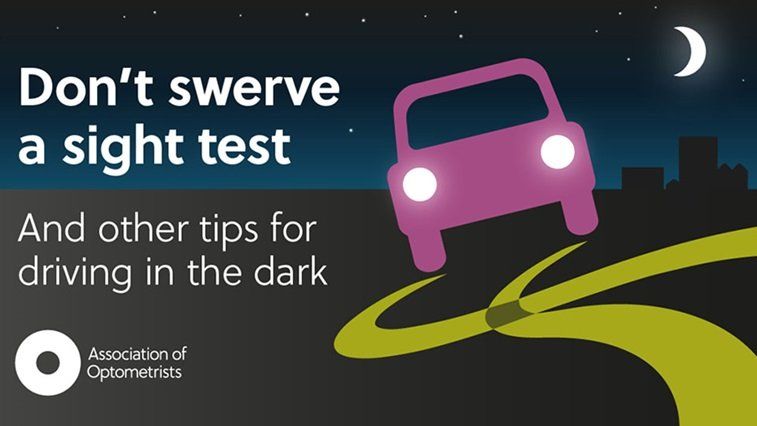
With the clock going back an hour, you might notice that you are spending more time driving during night time. This brings some concern as during the dark hours, our vision is not as sharp as it is during day time, leading to more accidents on the road. It is estimated that during lockdown, 5 million routine eye tests have been missed, bringing even more concern about how safe are we when we drive.
According to a survey by the Association of Optometrists:
If you are suffering from any of the above complains, or if you just want to have your eyes tested, make sure to book an eye examination before you come in to the practice. You can do that over email or telephone and we will be very happy to help arrange that time for you.
Always keep in mind: At Care Optics - Eye Care, We Care
According to a survey by the Association of Optometrists:
- 54% of optometrists have seen a patient in the last month whose vision is below the legal standard and is unable to meet the required standard using corrective lenses, who continues to drive;
- 22.2% believe that they are advising more patients not to drive than previously;
- 40.2% have had a conversation with a patient who has concerns about a family member's ability to drive due to their vision.
Standards of vision for driving
You must be able to read (with glasses or contact lenses, if necessary) a car number plate made after 1 September 2001 from 20 metres. Also, you need to meet the minimum eyesight standard for driving by having a visual acuity of at least decimal 0.5 (6/12) measured on the Snellen scale (with glasses or contact lenses, if necessary) using both eyes together or, if you have sight in one eye only, in that eye. An adequate field of vision test may also be needed in some cases - it it up to the optician to decide whether you need it or not.
If you are suffering from any of the above complains, or if you just want to have your eyes tested, make sure to book an eye examination before you come in to the practice. You can do that over email or telephone and we will be very happy to help arrange that time for you.
Always keep in mind: At Care Optics - Eye Care, We Care

Also known as "Surfer's Eye", Pterygium is an elevated, wedged-shaped growth from the lining of the eyelid onto the cornea. Although is benign, the growth itself can permanently disfigure the eye, reduce significantly the eyesight or even cause blindness. It became known as "Surfer's eye" because it is usually a consequence of being exposed to bright sun for long hours, specially by the water or snow - which reflects the UV rays to your eyes.
Causes
As written above, UV exposure seems to be one of the main reasons for Pterygium development, but wind and dust can also cause it as this leads to Dry Eye Disease, which by consequence will lead to this condition. Genetics may also play an important part, as some people seem to be more at risk than others.
Signs & Symptoms
Pterygium usually appears on the side of your eye that is closest to the nose, but it can also appear on the other sometimes. It is common to have it in one eye only, although sometimes it may appear on both eyes.
There are people who don't experience any symptoms or require treatment in the beginning, but as the growth develops, there can be redness, gritty, itchy or burning sensation, the eyes can become irritated and even swollen.
When the Pterygium starts to invade the cornea, it distorts the shape of the front of the eye, causing the curve of the cornea to change, leading then to refractive errors (Astigmatism in most cases).
Treatment
The treatment depends on the size of the Pterygium itself. If it's just a small growth, your Optometrist/Ophthalmologist can advise the patient on lubricants (eye drops or gels) to temporary reduce symptoms like redness, swelling, itchy or gritty felling.
If the Pterygium is more advanced, the only option is then surgery.
How to avoid it
As previously said, UV radiation and exposure seems to be one of the main reason leading to Pterygium. For that you have the perfect solution that is available for everyone - sunglasses . A good pair of sunglasses will filter the UV rays, giving you a sharper vision but also protecting you from conditions like Pterygium, Cataracts, Glaucoma, etc. Make sure to buy your sunglasses from a Optician instead of a shop non-related to eye care. A good pair of sunglasses should have UVA, UVB and UVC protection, and usually those shops will only have one of those protections - or even none.
We remind you that if you have any of these symptoms or any other, if you need to book an appointment or if you have any queries, please contact us over phone or email. We will be very happy to help you.
Keep in mind: At Care Optics - Eye Care, We Care
Causes
As written above, UV exposure seems to be one of the main reasons for Pterygium development, but wind and dust can also cause it as this leads to Dry Eye Disease, which by consequence will lead to this condition. Genetics may also play an important part, as some people seem to be more at risk than others.
Signs & Symptoms
Pterygium usually appears on the side of your eye that is closest to the nose, but it can also appear on the other sometimes. It is common to have it in one eye only, although sometimes it may appear on both eyes.
There are people who don't experience any symptoms or require treatment in the beginning, but as the growth develops, there can be redness, gritty, itchy or burning sensation, the eyes can become irritated and even swollen.
When the Pterygium starts to invade the cornea, it distorts the shape of the front of the eye, causing the curve of the cornea to change, leading then to refractive errors (Astigmatism in most cases).
Treatment
The treatment depends on the size of the Pterygium itself. If it's just a small growth, your Optometrist/Ophthalmologist can advise the patient on lubricants (eye drops or gels) to temporary reduce symptoms like redness, swelling, itchy or gritty felling.
If the Pterygium is more advanced, the only option is then surgery.
How to avoid it
As previously said, UV radiation and exposure seems to be one of the main reason leading to Pterygium. For that you have the perfect solution that is available for everyone - sunglasses . A good pair of sunglasses will filter the UV rays, giving you a sharper vision but also protecting you from conditions like Pterygium, Cataracts, Glaucoma, etc. Make sure to buy your sunglasses from a Optician instead of a shop non-related to eye care. A good pair of sunglasses should have UVA, UVB and UVC protection, and usually those shops will only have one of those protections - or even none.
We remind you that if you have any of these symptoms or any other, if you need to book an appointment or if you have any queries, please contact us over phone or email. We will be very happy to help you.
Keep in mind: At Care Optics - Eye Care, We Care

February is AMD and Low Vision Awareness Month, a crucial time to focus on eye health and early detection of vision-threatening conditions. Learn about Age-Related Macular Degeneration (AMD), low vision solutions, and how to protect your sight with expert eyecare at Care Optics in Woodford and Dagenham. Take advantage of our special offers, including 20% off eyewear every Wednesday and discounted eye exams for over-60s before 1pm. Book your appointment today and prioritise your vision health!

Regular eye examinations are essential for maintaining good vision and detecting potential eye health issues early. At Care Optics, we provide advanced eyecare services in Woodford and Dagenham, including OCT scans, varifocals, and myopia control. Plus, take advantage of our special offers—20% off frames, lenses, and sunglasses every Wednesday, and discounted eye exams for over-60s before 1pm. Book your appointment today for expert eye care and clear vision!


